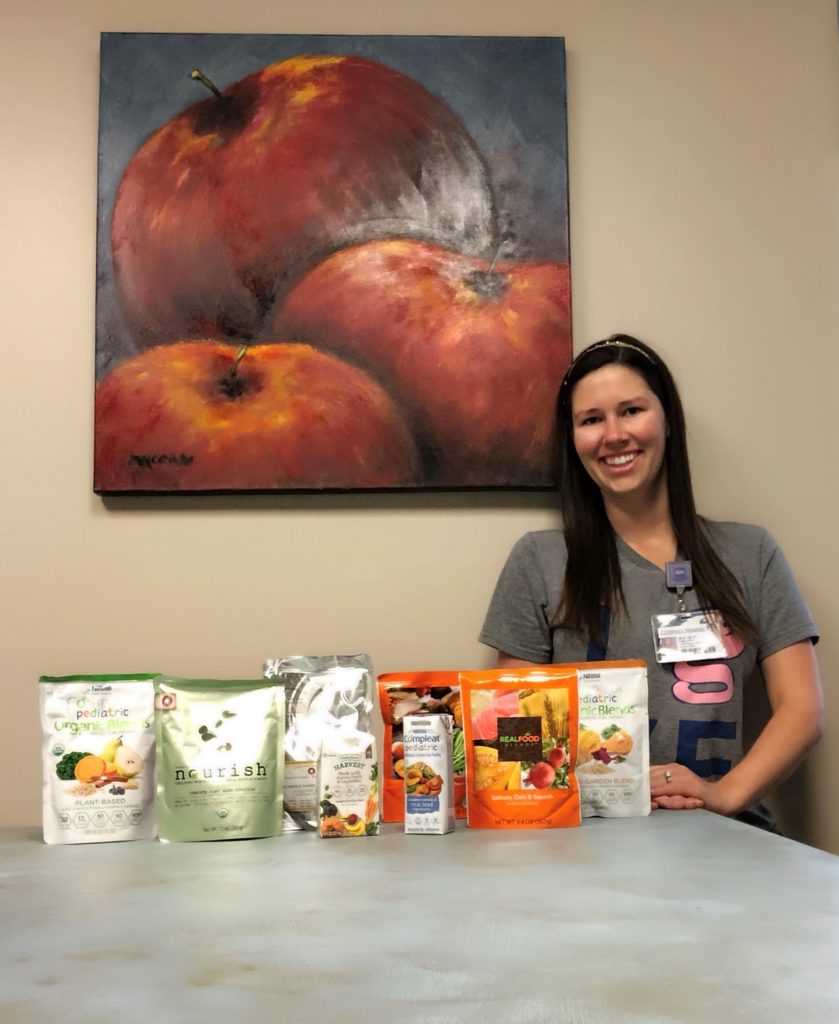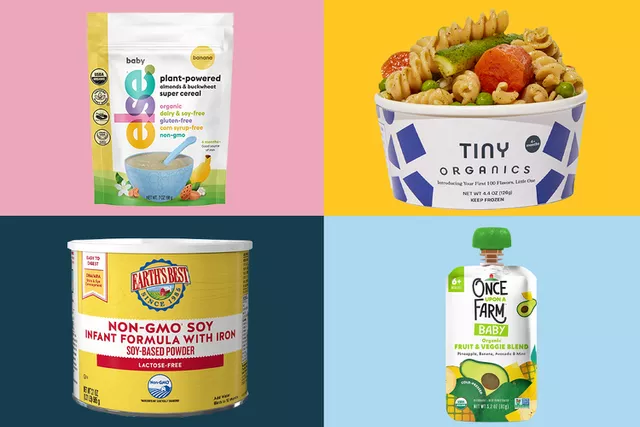Enteral nutrition, commonly called tube feeding, has been used for hundreds of years. Over the centuries, a variety of methods have been used to provide nutrition for those who cannot eat by mouth. In recent decades, pre-packaged formulations of nutrients have been the standard approach. Recently, however, there has been increased interest among parents and caregivers for using “blenderized formulas” made from real foods. While increasing in popularity, there still seems to be a lot of questions surrounding this idea.
As a Registered Dietitian and Certified Nutrition Support Clinician, my aim is to fulfill the goals my clients have to meet their nutritional needs in a way that works best for them and their families. My hope is that this post will answer your questions regarding blenderized tube feeding and help you choose the best formula for you.
There are a lot of factors to consider when choosing a standard tube feeding formula, a commercial blended formula, or a home-made blended formula. You might even use a combination of these options. Considerations include time, finances, food safety and allergies, and type of feeding tube you have. There are pros and cons to each type of formula.
Standard commercial tube feeding formulas have been long praised for being convenient and shelf-stable. There are different formulations to meet the needs of kids with a variety of medical conditions. These formulas are safe, provide up to 100% of nutrient needs, and the cost is typically covered by health insurance.
Homemade blended tube feeding has become a hot topic among the tube feeding community. Homemade blenderized formulas consist of table foods that are blended together and given through a feeding tube. Parents are driven by a variety of reasons to make homemade blended formulas for their children. These motives include desire for variety in their child’s diet, ownership of food choices, increased fiber, and organic diets.
Families who use blenderized tube feeding have reported many positive outcomes. Research done with children who have had a Nissen Fundoplication indicated uncontrolled retching may be improved with a blenderized diet. Also, children who are resistant to eat foods by mouth have demonstrated increased oral intake while on blenderized tube feeding. Some families feel that a blenderized diet can create the feeling of a more “normal” eating experience for the tube fed child.
While there are many benefits to this approach, it should be carefully considered. Homemade blenderized tube feeding requires a lot of time and knowledge of food safety. Financial consideration is also important. Depending on your insurance coverage, blending your formula may increase or decrease your overall spending cost. In addition, knowledge of food safety is necessary to prevent foodborne illnesses. Blenderized tube feeding (homemade or prepackaged) should not be left at room temperature for more than two hours. This may be difficult if your child is not able to tolerate bolus feedings via a g-tube.
It may sound like blending for all meals and snacks every day would be time consuming, which is true. But, in many cases, parents enjoy spending time preparing meals for their child; maybe something they had not had the privilege of doing before. With a blenderized approach, regardless of feeding route, the child is able to pick out foods they eat and can help prepare their meals.
For those wanting a “real food” diet approach but are not able to home make their formula, the prepackaged ready-to-feed blended formulas may be a great option. These products can be used as a sole source of nutrition or used in conjunction with additional blended foods, vitamins, and/or water. Using prepackaged blenderized products offers the same convenience of standard formulas. Sometimes families who home make blended formulas use the pre-packaged option as a “back-up” for traveling or hospitalization. Most of these products can also be used alone to provide complete nutrition while offering many of the same benefits of homemade blenderized feedings.
To answer my own question, I think blenderized tube feeding is definitely part of the future! However, I certainly don’t think the standard formulas are going anywhere. As I have described, there are so many factors that determine what the right product is for you and your family and I want to support you in that decision. If you are looking for tube feeding guidance, schedule an appointment to see me at our Knoxville office today.






















